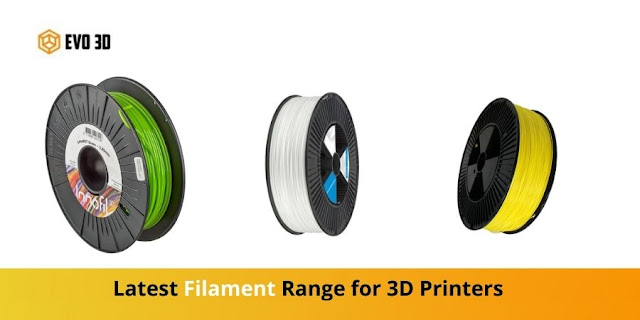Transforming the Healthcare Industry with SLA 3D Printers
We all know that the medical industry is constantly evolving as professionals are finding new ways to improve patient satisfaction. This helps them streamline the procedure and enhance the overall healthcare delivery. However, we tend to forget the driving factor behind all this progress is the integration of 3D printers We all know that the medical industry is always at the forefront of any new development. The SLA 3D printers have given medical professionals the power to create patient-specific implants, prosthetics, and anatomical models.
3D Printing has transformed the way medical professionals approach patient care. In this blog, we will learn how printers play an important role in the healthcare industry.
Applications of SLA 3D Printers in the Healthcare Industry
The medical industry usually faces a lot of challenges from hard surgery procedures to the need for patient-specific treatments. Nevertheless, 3D printing has emerged as a powerful tool for medical professionals to give high-quality printing of X-ray reports. Some of the ways industrial FDM printers are used in the healthcare industry are as follows:
Customized Medical Devices and Implants
One of the major ways that SLA 3D printers are moving forward in the medical field is through the production of customized medical devices and implants. With SLA printers, one can create prosthetics, orthotics, and other devices that fit the patient's anatomy. This ensures greater comfort, functionality, and performance, which leads to positive results in taking care of the patients.
Surgical Planning and Testing
SLA 3D printers can be used for creating patient-specific anatomical models for medical imaging data. For instance, while doing MRI and CT scans you need to have magical data from patients. Surgeons can use these models to plan and create complex surgeries that can help them visualize the complicated anatomies of the patient. This leads to better accuracy during the surgical operations. They can perform simulations using 3D models printed with SLA printers to evaluate the way of approaching surgeries. This improves efficiency while doing operations.
Medical Device Prototyping
SLA 3D printers are used while developing and prototyping medical devices. The precision and smooth finishes offered by SLA printing enable functional prototyping. These prototypes can be used for testing, validating designs, and iterating improvements before moving to mass production.
Patient-specific Implants and Surgical Guides
There might be cases where patients have unique demands or complex anatomical challenges these SLA 3D printers can be used to produce custom implants from hip replacements or cranial implants that fit perfectly to the patient's body. They are used for printing surgical guides that help in accurate positioning when it comes to dental implant surgery which improves the accuracy of the procedure.
Reshaping Dentistry
SLA 3D printers have given dentistry accurate results when it comes to dental restorations. From dental crowns to complex data models, these printers have enabled dentists to produce accurate dentist structures. This not only helps in accelerating the dental restoration process but also ensures optimal fit and aesthetics for patients. Customization offered by SLA printers marks a great advancement in the creation of long-lasting and strong dental solutions.
Benefits of Using SLA 3D Printers in Healthcare
SLA is a type of 3D printing that makes use of a photopolymer resin to create parts and components with accuracy. The SLA 3D printers are used in medical applications from implants to anatomical models. Some of the benefits of using them are as follows:
Improved speed: Industrial FDM printers have a good speed by which the components and parts can be produced efficiently and quickly. This is necessary for medical applications like creating surgical guides or prosthetics that need a fast turnaround time.
Customizable: SLA printers can help you create customized parts and components that are customized according to the needs and preferences of the patient. This is necessary for medical operations in which doctors and surgeons need to have an anatomical model of the organ that needs to be operated.
Produces Low Waste: SLA 3D printers produce low waste as compared to other printers. It is very important in medical applications where less amount of wastage is prioritized even more.
Final Thoughts
To conclude, the use of SLA printers is creating the way for a better future where customized and accurate patient-centric solutions matter a lot. As technology evolves the use of 3D printers will have a high impact on medical procedures and patient outcomes.




Comments
Post a Comment